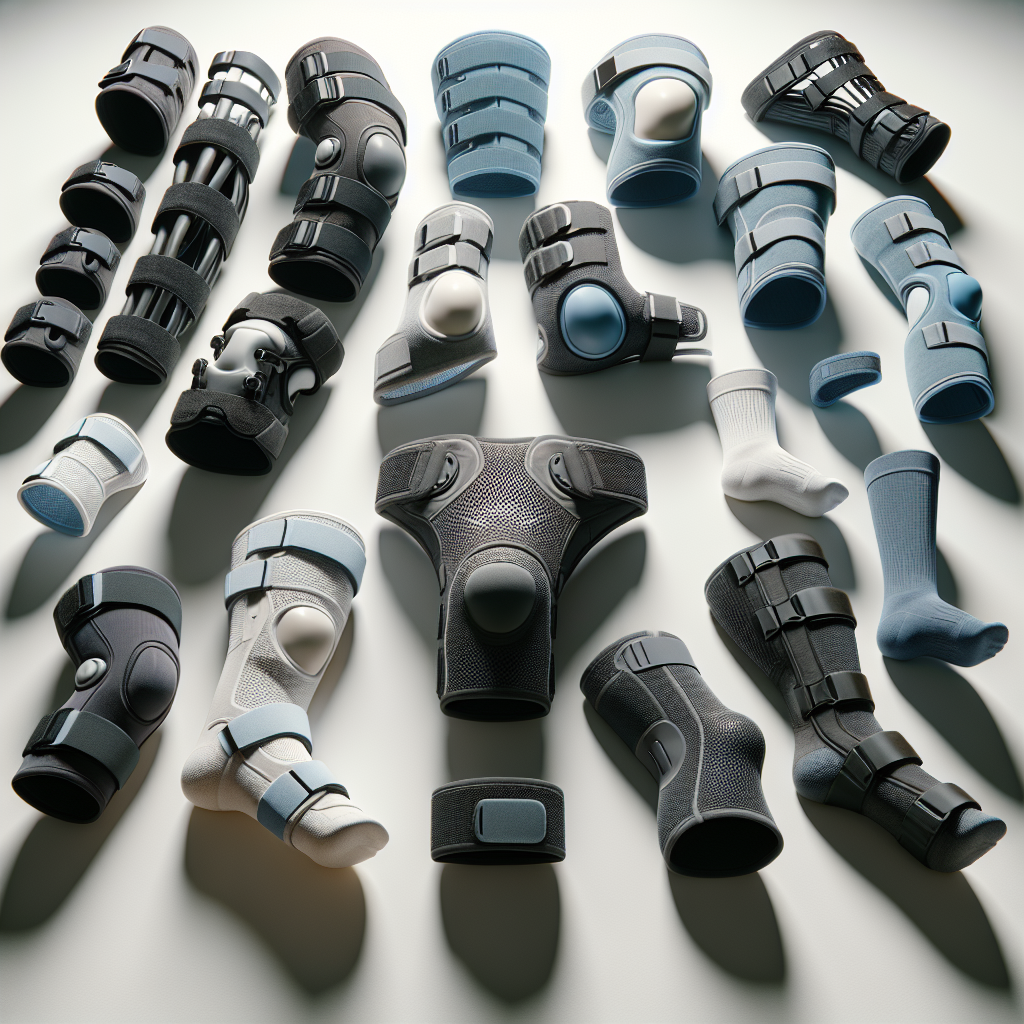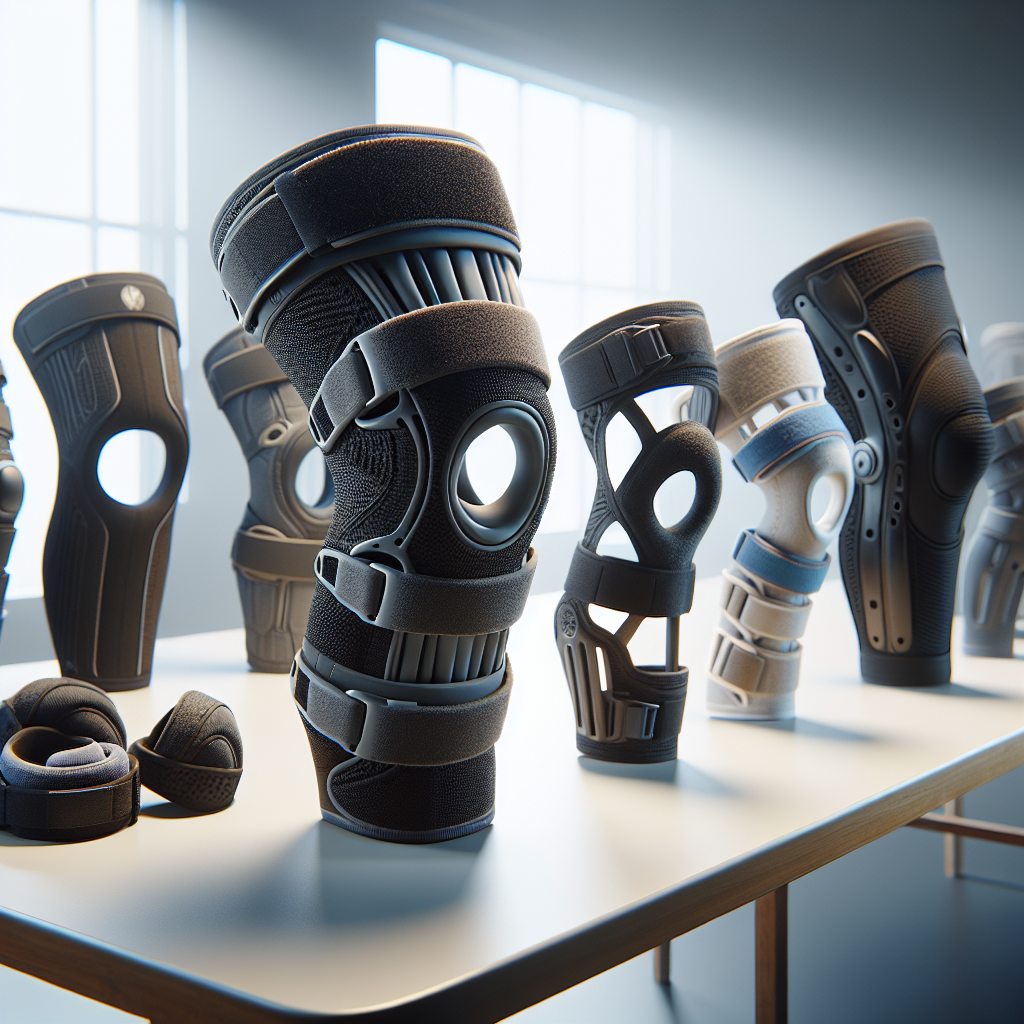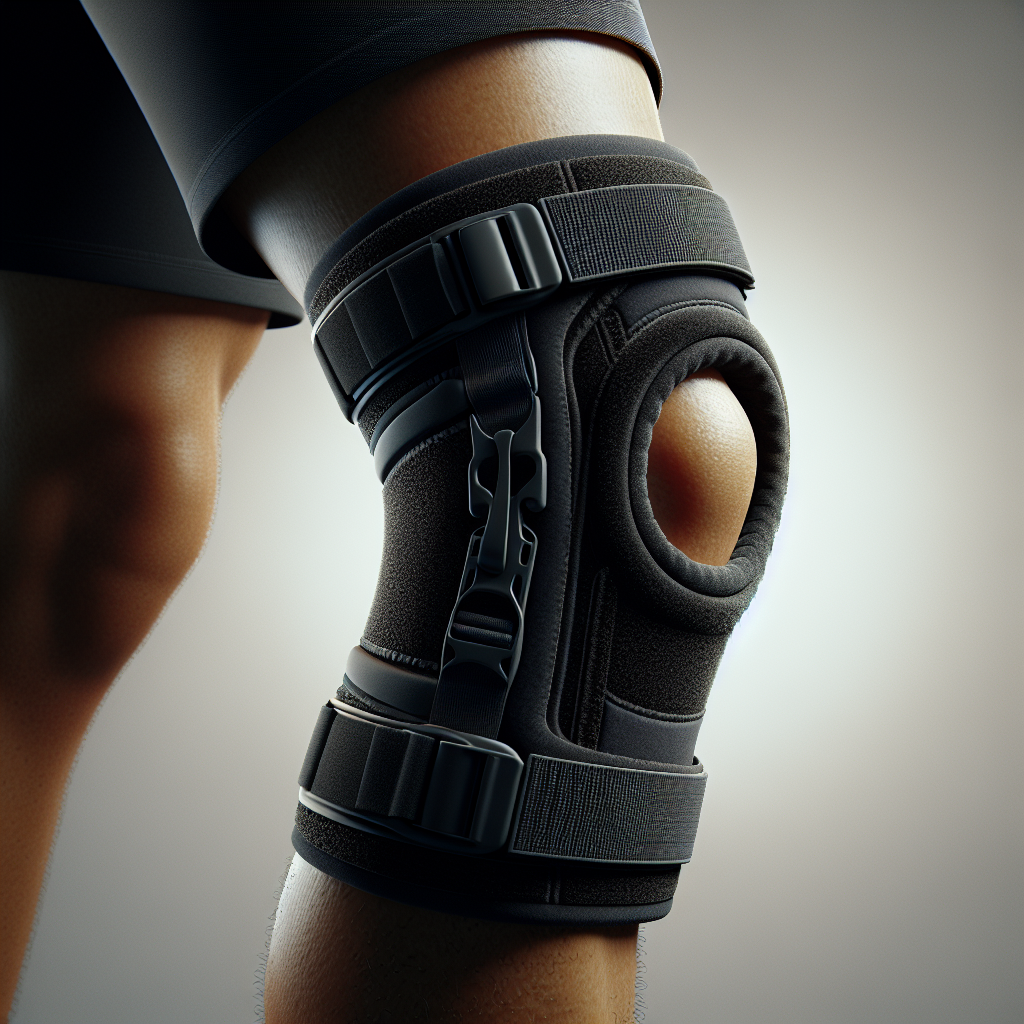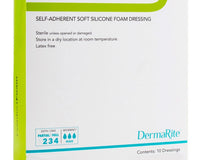When it comes to maintaining a healthy and active lifestyle, knee braces play a pivotal role in both preventing injuries and aiding recovery. These essential medical devices are designed to provide support, stability, and protection to the knee joint, which is one of the most susceptible areas of the body to injury. Whether you are an athlete looking to enhance performance or someone recovering from knee surgery, knee braces can make a significant difference.
Knee braces come in various forms and serve multiple functions. From prophylactic braces that protect against injury during high-risk activities to rehabilitative braces that assist in post-injury recovery, the right knee brace can cater to your specific needs. Each type is uniquely crafted to address different issues, ensuring that you get the precise support you need.
By distributing weight more evenly across the knee joint and limiting potentially harmful movements, knee braces not only help in alleviating pain but also contribute to long-term joint health. This makes them indispensable for anyone dealing with chronic knee conditions, such as arthritis, or those undergoing physical rehabilitation.
At Cart Health, we understand the unique health situations of each individual and are committed to providing the best medical supplies to suit your needs. Order online here for convenient shopping and fast delivery!
Benefits of Using Knee Braces

The use of knee braces offers a multitude of benefits that extend beyond mere injury prevention. One of the primary advantages is the enhanced stability they provide to the knee joint. This stability is crucial for individuals who engage in high-impact sports such as basketball, football, and running, where the risk of knee injuries is significantly higher.
Another key benefit is pain relief. Knee braces can help alleviate discomfort caused by conditions like arthritis, tendonitis, and other degenerative joint diseases. By providing compression and warmth, they aid in reducing inflammation and swelling, thereby relieving pain.
For those recovering from knee surgery or injury, knee braces are instrumental in rehabilitation. They restrict harmful movements while allowing safe, controlled motion, which is essential for healing. Additionally, they can help prevent further injuries by offering extra protection during the recovery phase.
Improved performance is another benefit that cannot be overlooked. Athletes often use knee braces to enhance their performance by providing the necessary support and reducing the risk of injury. This allows them to train harder and compete more effectively.
Lastly, knee braces offer psychological benefits. Knowing that their knees are protected, individuals can engage in physical activities with greater confidence and less fear of injury. This mental assurance can significantly improve their overall performance and quality of life.
Types of Knee Braces Explained

Knee braces come in various types, each designed to address specific needs and conditions. Understanding these types can help you choose the right one for your requirements.
Prophylactic knee braces are primarily used by athletes to prevent injuries during high-impact sports. These braces are designed to protect the knee from ligament injuries, particularly in contact sports like football and rugby.
Functional knee braces are ideal for individuals who have already sustained a knee injury. These braces provide support and stability to the knee joint, helping to prevent further damage and aiding in the rehabilitation process. They are commonly used after ligament injuries or surgeries.
Rehabilitative knee braces are specifically designed for use after surgery or severe injury. They limit harmful knee movements while allowing safe, controlled motion, which is crucial for the healing process. These braces often feature adjustable hinges to control the range of motion as the knee heals.
Unloader or offloader knee braces are typically recommended for patients with arthritis, particularly osteoarthritis. These braces work by shifting the weight away from the affected part of the knee, reducing pain and improving function. They are particularly useful for those who experience pain on one side of the knee.
Knee sleeves, although not technically braces, are another popular option. They provide compression and support, which can help reduce pain and swelling. Knee sleeves are often used during physical activities to provide mild support and enhance blood flow.
By understanding the different types of knee braces, you can make an informed decision that best suits your needs and lifestyle.
How Knee Braces Prevent Injuries
Knee braces play a crucial role in preventing injuries by providing stability, support, and protection to the knee joint. These devices are designed to minimize the risk of injury by controlling the movement of the knee and reducing stress on specific areas.
One of the primary ways knee braces prevent injuries is by offering external support to the knee's ligaments. Whether you are engaging in high-impact sports or everyday activities, knee braces help to stabilize the knee joint, preventing it from moving in ways that could cause ligament damage, such as hyperextension or twisting.
Additionally, knee braces can distribute the load more evenly across the knee joint. By doing so, they help to reduce the strain on specific areas, particularly those that are more vulnerable to injury. This is especially beneficial for individuals with conditions like osteoarthritis, where certain parts of the knee are more susceptible to wear and tear.
Knee braces also help in improving proprioception—the body's ability to perceive its own position in space. Enhanced proprioception means better body awareness, which can lead to improved coordination and balance, thereby reducing the likelihood of accidental injuries.
For those recovering from knee injuries or surgeries, rehabilitative knee braces play a crucial role in limiting harmful movements while allowing safe, controlled motion. This controlled environment is essential for proper healing and helps prevent re-injury during the recovery phase.
In summary, knee braces provide multiple layers of protection and support, making them an essential tool for injury prevention. Whether you're an athlete or someone with a pre-existing knee condition, wearing the right knee brace can significantly reduce your risk of injury and enhance your overall knee health.
Choosing the Right Knee Brace

Choosing the right knee brace is essential for ensuring optimal support and injury prevention. With a multitude of options available, it’s important to understand the different types of knee braces and their specific functionalities to make an informed decision.
First, consider the type of injury or condition you are addressing. For instance, if you need support for ligament injuries such as ACL tears, a functional knee brace is ideal. These braces are designed to provide stability and prevent further damage by controlling movement. On the other hand, if you are dealing with patellar issues, a patellar stabilizing brace might be more appropriate as it helps keep the kneecap in place.
Next, think about the intended level of activity. Athletes involved in high-impact sports may benefit from a rigid or semi-rigid brace that offers maximum support and protection. Conversely, for everyday use or low-impact activities, a soft knee brace made of neoprene or fabric can provide sufficient support without compromising comfort.
Another critical factor is the fit and comfort of the brace. A well-fitted knee brace should feel snug but not too tight, allowing for full range of motion without causing discomfort. It’s advisable to measure your knee and consult size charts provided by manufacturers to find the perfect fit. Some braces come with adjustable straps, which can offer a more personalized fit.
Lastly, consider the material and durability. High-quality materials such as medical-grade neoprene provide excellent support and are durable enough to withstand regular use. Additionally, breathable fabrics can help wick away moisture, keeping your skin dry and comfortable.
By carefully considering these factors, you can select the knee brace that best meets your needs and ensures optimal protection and comfort.
Maintaining and Caring for Knee Braces

Proper maintenance and care of your knee brace are crucial for ensuring its longevity and effectiveness. Regular upkeep not only helps in maintaining the brace's structural integrity but also ensures that it provides consistent support and comfort.
To start, clean your knee brace regularly. Depending on the material, most knee braces can be hand-washed with mild soap and water. Avoid using harsh chemicals or bleach, as these can degrade the material. After washing, let the brace air dry completely before wearing it again. Avoid using dryers or direct sunlight for drying, as excessive heat can damage the brace.
Next, inspect your knee brace for wear and tear. Regularly check for any signs of damage, such as fraying straps, worn-out padding, or cracks in the frame. Addressing these issues promptly can prevent further damage and ensure that the brace continues to provide adequate support. If any part of the brace is damaged beyond repair, consider replacing it to maintain optimal protection.
Proper storage is also key. When not in use, store your knee brace in a cool, dry place away from direct sunlight and excessive heat. This helps prevent the material from deteriorating and maintains the brace's elasticity and shape.
Additionally, if your brace has removable parts like pads or straps, ensure that these components are also cleaned and maintained regularly. Follow the manufacturer's instructions for the care of these parts to avoid any damage.
By following these simple maintenance and care tips, you can prolong the life of your knee brace and ensure it continues to provide the support and protection you need. For more information or to purchase high-quality knee braces, order online here for convenient shopping and fast delivery!









